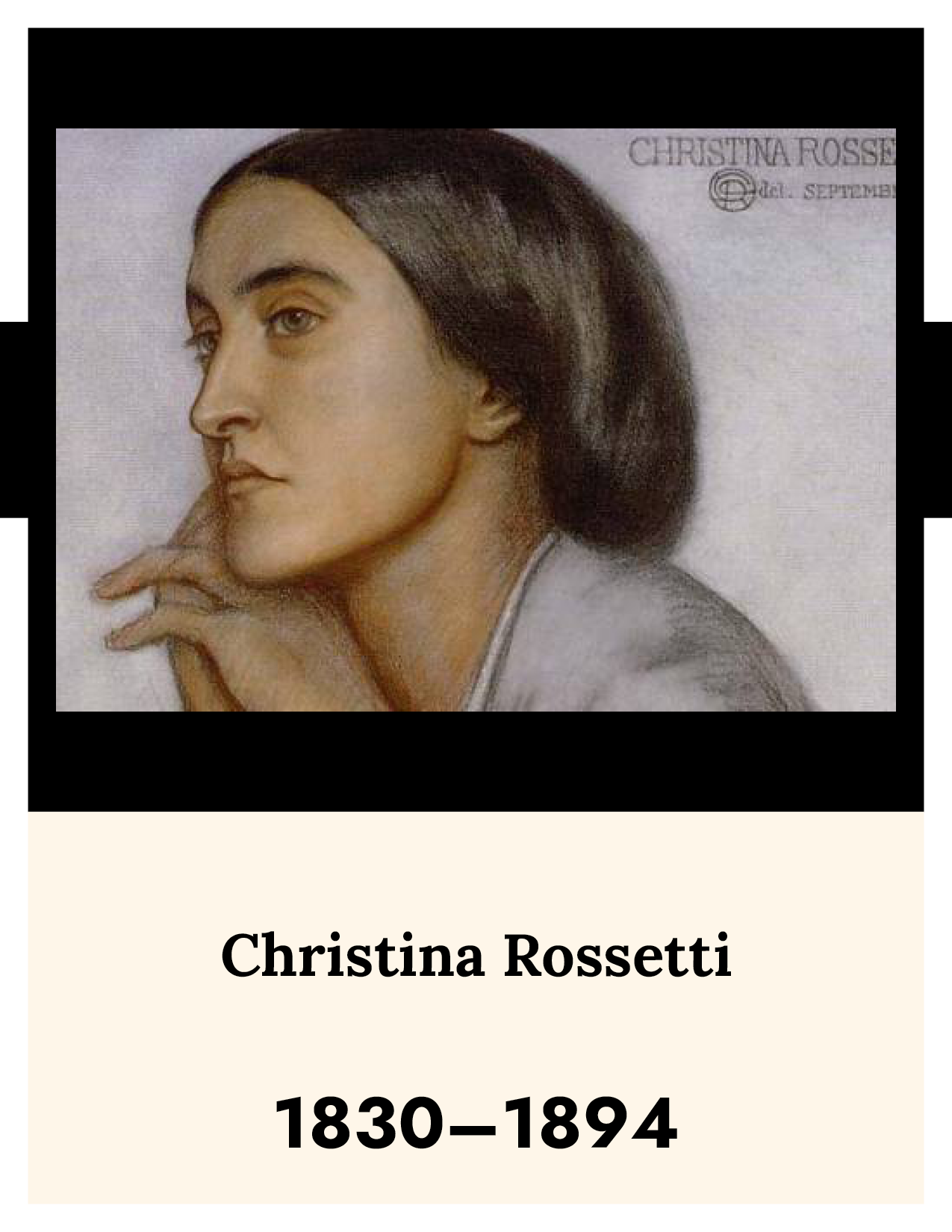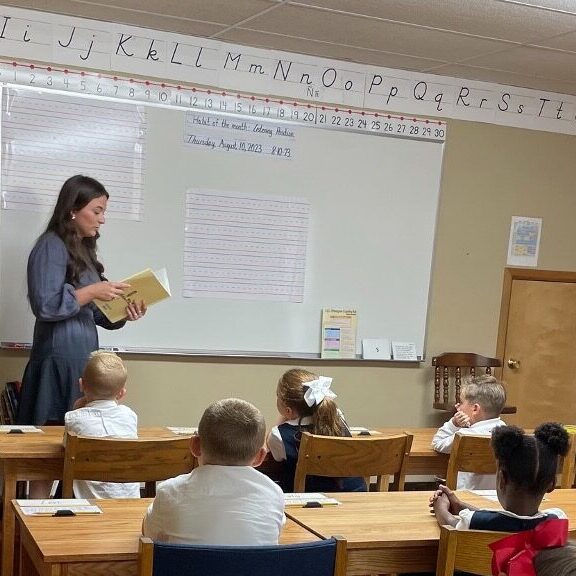Ambleside Schools International Articles

Browse more Ambleside Schools International Resources.
Flora. Fauna. Fairies.
Charlotte Mason talks about “seeing eyes” – truly looking and observing deeply the world and God’s creation in front of us.
Flower Fairies of the Winter, a collection of poems uniquely organized around the seasons and the flora and fauna found therein, was the focus of our Poetry lesson. The students were eagerly sharing what they knew. Each plant represented has its own imaginary fairy tasked with caring for their plant. When Miss Barker began her illustrations, she modeled the fairies after children attending her sister’s kindergarten school.
The students delighted in knowing that the fictional fairy faces looking back at them are actual children, about their own age, which builds a sense of relationship between student and text. Through the intricate, botanically accurate illustrations, Cicely Mary Barker instructs her readers about the various flora and fauna.
As is done so often, we were reading a poem we enjoyed previously, “The Song of the Winter Aconite Fairy.” Aconite is like little sunshines beckoning Spring, and I dug some specimens from my garden for the children to examine while we read the poem. They were captivated!
As we read the poem and studied aspects of Miss Barker’s paintings, the students became more attuned to intricate details. The question, “What is Cicely Mary Barker teaching you about the plant through her painting?” was met with the students looking at both more intently. A student pondered aloud about whether flowers have veins like leaves and stems. Charlotte Mason has taught me through the idea of masterly inactivity that in these moments, it is the children’s voices that are key.
If I had taken the lead in the wonderings, the voices adding comments such as “Oh! I wonder!“ and “We’ll have to look at that!” would have been squelched. Ideas were alive in their discussion. The students were taking hold of their learning — posing questions and seeking answers. These students were exemplifying Miss Mason’s quote, “The mind can know nothing but what it can produce in the form of an answer to a question put to the mind itself.” (School Education, 181).
The students then pulled the plants out of the dirt to examine the root systems and stems with magnifying glasses. Comparisons between the Aconite’s tuberous root system and bulbs emerged, as did close investigation into the veins in the plant and how food would be transported to the various parts of the plant. Great attention was given to the lobed nature of its leaves, and the students took great care to create accurate depictions in their nature study journals.
As the students were completing their drawings, we returned to the text. “What do you see in Cicely Mary Barker’s work after examining the specimens yourself?” was posed, and the students eagerly delved deeper into examining and comparing. Miss Mason speaks of “seeing eyes” and of being people who truly look and observe, with awe and wonder, God’s handiwork in creation. It is a special privilege to marvel at the beauty of nature through the eyes of children.
Pam Szczech
Teacher | The Augustine Academy (TAA), an Ambleside Member School



